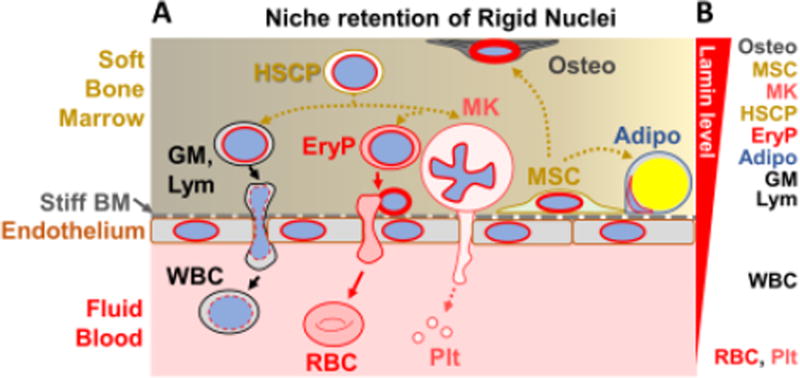Figure 3. Tissue stratified microenvironment controls bone marrow egress depending on nuclear lamin level.
A. Tissue example of a stratified soft:stiff:fluid microenvironment. Bone marrow is soft and filled with various stem cells and differentiating cells that have high lamin levels, consistent with stiff nuclei, whereas the peripheral blood that flows through marrow contains cells with low lamin levels. Separating these two compartments is a stiff endothelial layer with basement membrane (BM) of matrix. An MSC is shown in its perivascular niche within the marrow, which can differentiate within that niche toward an osteoblast (Osteo) or adipocyte (Adipo). Hematopoietic stem cells and progenitors (HSCPs) differentiate in soft marrow toward either white blood cells (WBC) that are granulocytes, monocytes, and lymphocytes (GM, Lym) or else to red blood cells and platelets that lack nuclei and shear off respectively from nucleated erythroid progenitors (EryP) and megakaryocytes (MK).
B. Relative nuclear lamin levels are depicted. Cells that readily egress to the peripheral blood have low lamin levels, enabling them to squeeze nuclei (or lack thereof) through the basement membrane and endothelium. Results are adapted from [46].

